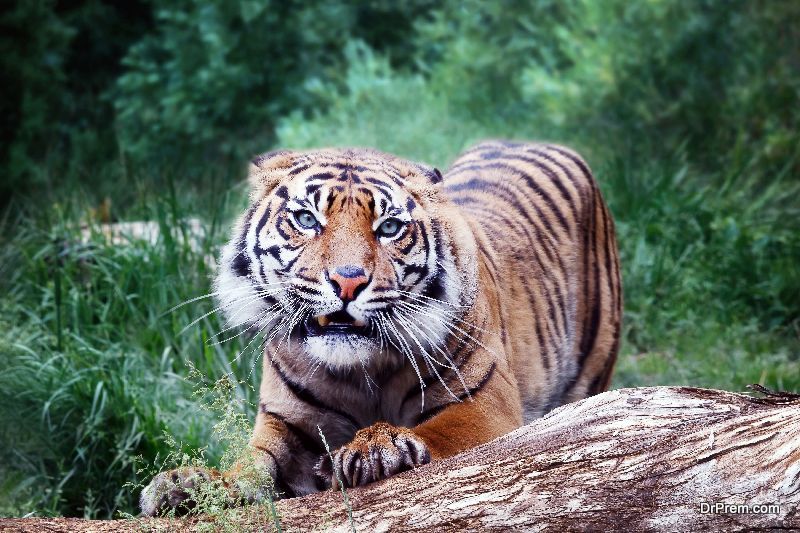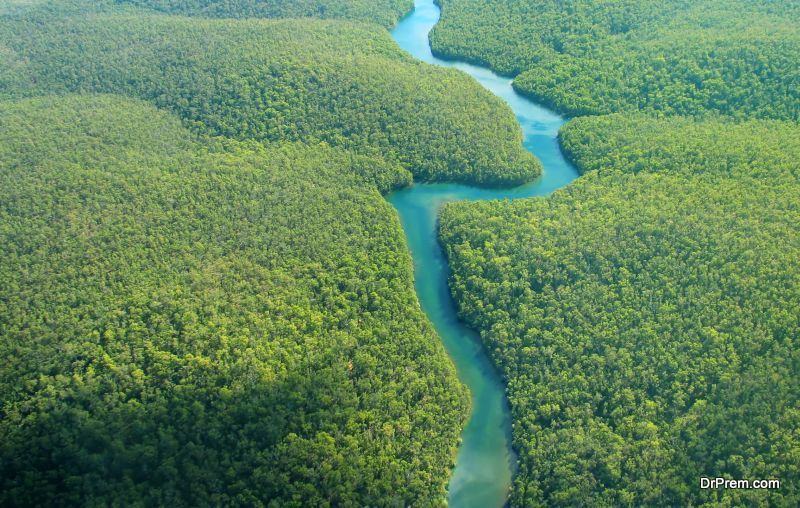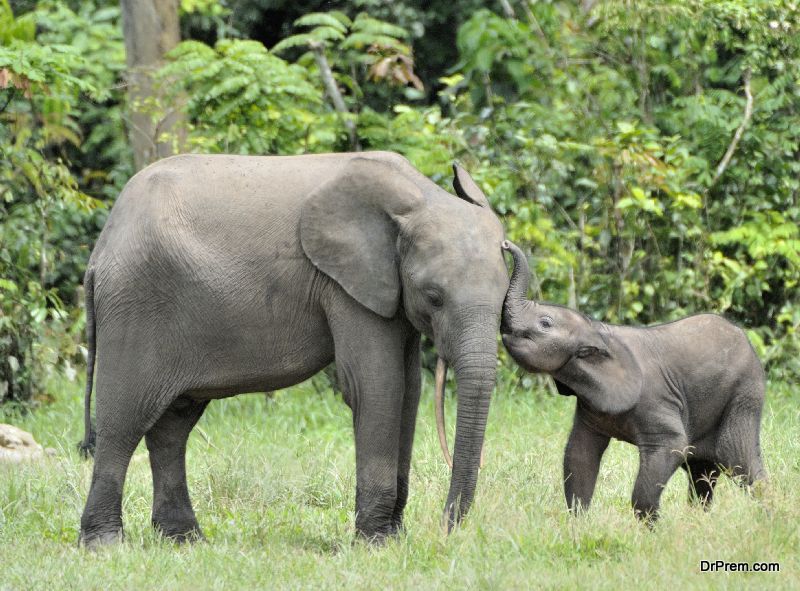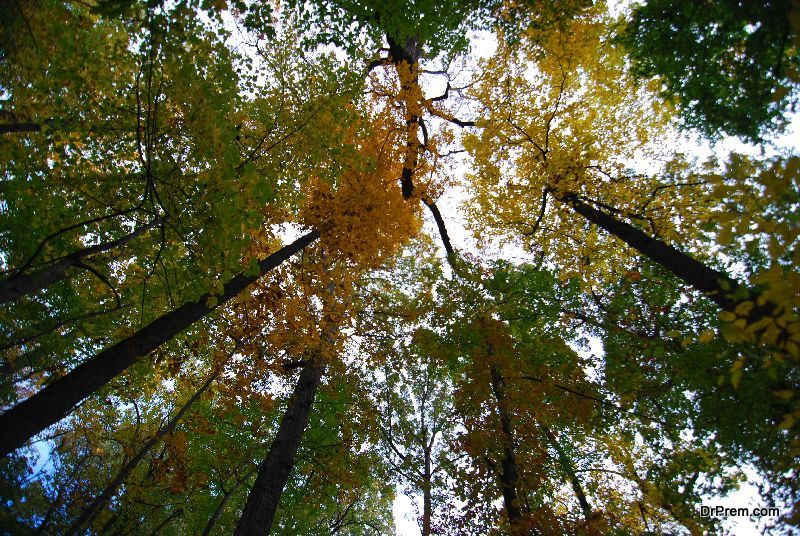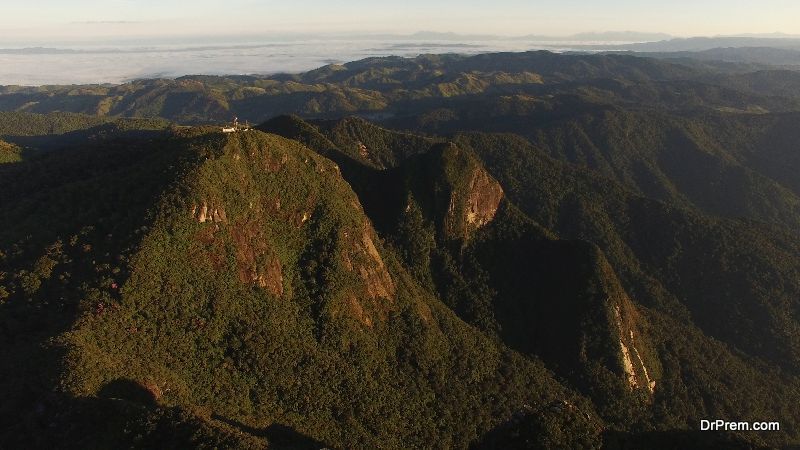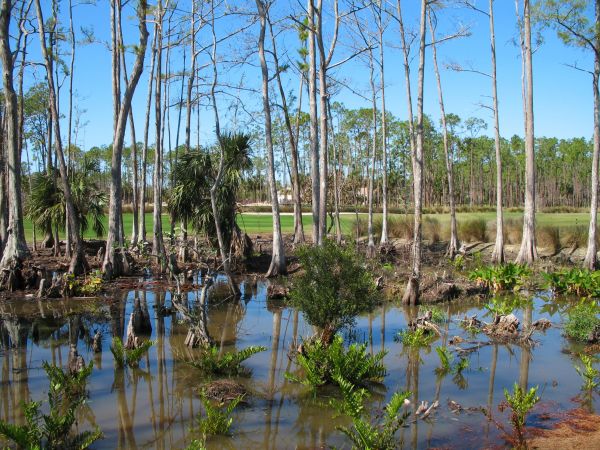Forests make it possible for a variety of plant and animal species to survive and prosper. They are important not only from an aesthetic perspective but also from a socio-economic and cultural one. But are we doing enough to protect them?
Unfortunately, the answer is no. On the contrary, we have been exploiting these bountiful centers of biodiversity to such an extent that many of them are on the verge of extinction. According to a report by the World Wildlife Fund (WWF), if the current rate of deforestation continues, we could lose up to 656,000 square miles of forestland by 2030. This can lead to catastrophic effects in terms of climate change and availability of forest resources.
Following is the list of some of the most stunning forests that face the threat of substantial destruction in coming years.
- Amazon:
World’s largest forest, the Amazon occupies an area of 2,123,562 square miles and is located in South America’s Amazon basin. It has unparalleled biodiversity. Studies show that one in every ten known species in the world lives in the Amazon rainforest. This constitutes the largest collection of living plants and animal species in the world. However, this vast expanse of the biosphere is under major threat due to cattle ranching and agricultural activities According to WWF, soon more than one-quarter of the region will be without forest cover if current trends continue.
- Congo Basin:
Second, in size to the Amazon Forest, the Congo Basin Forest, which is also known as the Congo, is the second lung of our planet. At 500 million acres, it is one of the most important ecosystems of the world and is home to animals such as bonobo, okapi, elephants, and buffaloes. It also has nearly 1000 bird species including the Congo Peafowl. However, this biodiversity hotspot is rapidly dwindling due to excessive mining, logging, road development and population pressure.
- Sumatra:
This Indonesian island has an extensive tropical rainforest cover of about 25000 square kilometers and is considered unique because of the presence of elephants, tigers, orangutans, and rhinos found living together. It also houses several important bird species such as Rueck’s blue-flycatcher and white-winged wood duck. Although the Indonesian government has encouraged the creation of almost ten national parks to protect the island’s biodiversity, yet it faces great risks due to illegal logging, poaching, hunting and conversion to palm oil plantations.
- Borneo:
Another forest cover that is threatened due to illegal logging, mining and conversion to palm oil, rubber, and industrial timber plantations is the Borneo Lowland Rainforest. Spread over an area of about 165,100 square miles, Borneo Rainforest is 130 million years old. It houses approximately 10,000 plant species, 380 bird species, and several mammal species. It is home to the world’s smallest squirrel, the Pygmy Squirrel and also to the largest land mammal in Asia, the Asian Elephant. A 2008 IUCN Red List report predicted that if current deforestation rates continue, the forest cover on the island of Borneo will decline from 50% to less than one-third by 2020.
- Eastern Australia:
The Eastern Australian Temperate Forests extend from southern parts of Sydney to Cairns. They are the second biodiversity hotspot in Australia. This eco-region has such 1500 plant and 150 vertebrate species that do not exist anywhere else on the earth. However, more than 70% of its native vegetation has been disturbed or cleared due to rampant logging mainly to create green pasture for livestock. Important species that are adversely affected are koalas, possums, gliders and tree-dependent birds.
Deforestation and forest degradation lead to almost 15% increase in global carbon emissions. This is higher than total emissions from all the transport vehicles in the world. (Source: WWF) Loss of forests will lead to loss of all the associated benefits of livelihood, water, and fuel. We need to take up this issue seriously and ensure that our respective governments do too. Sustainable development is the only alternative that can save our planet from a dreadful future.


